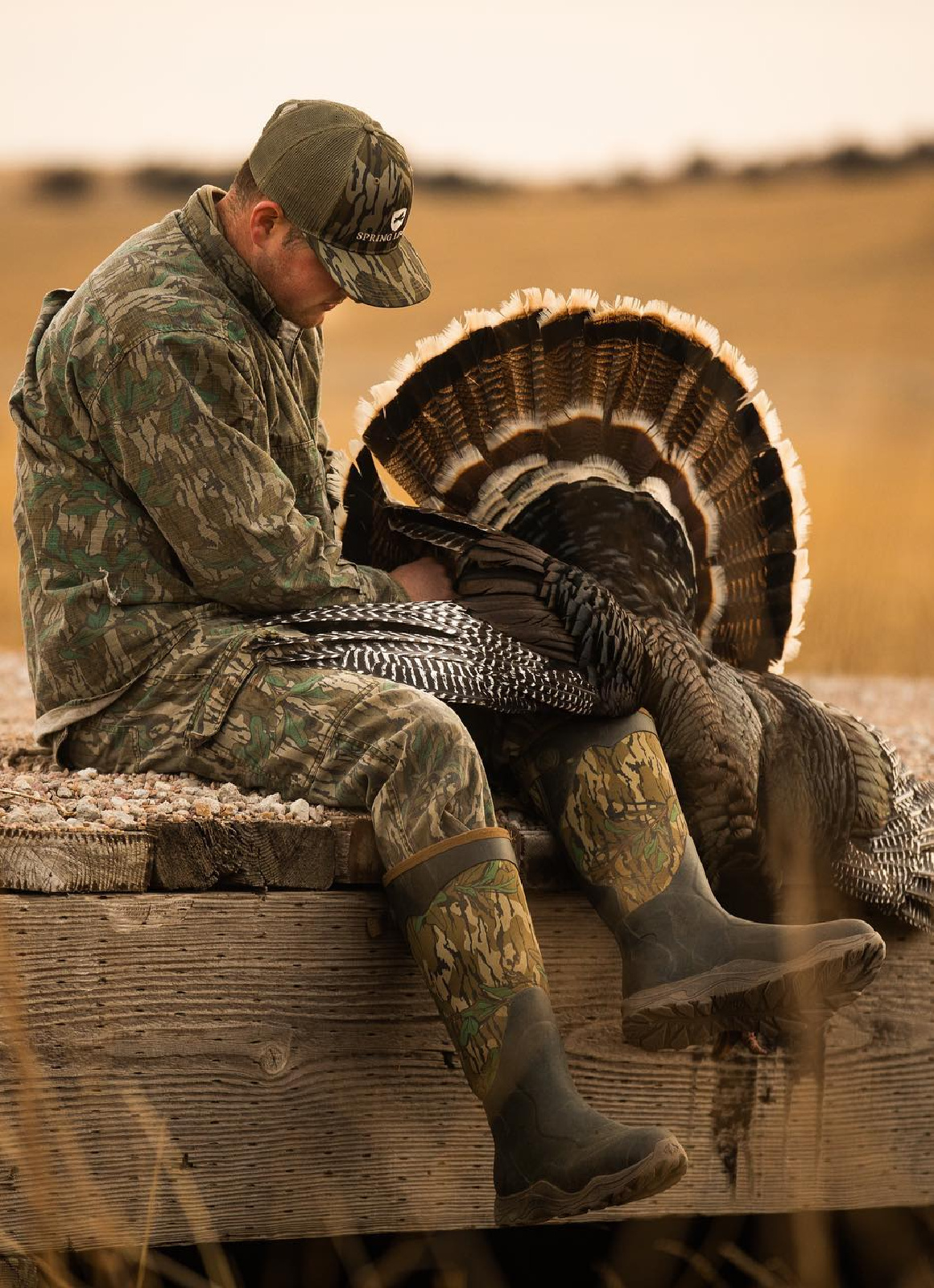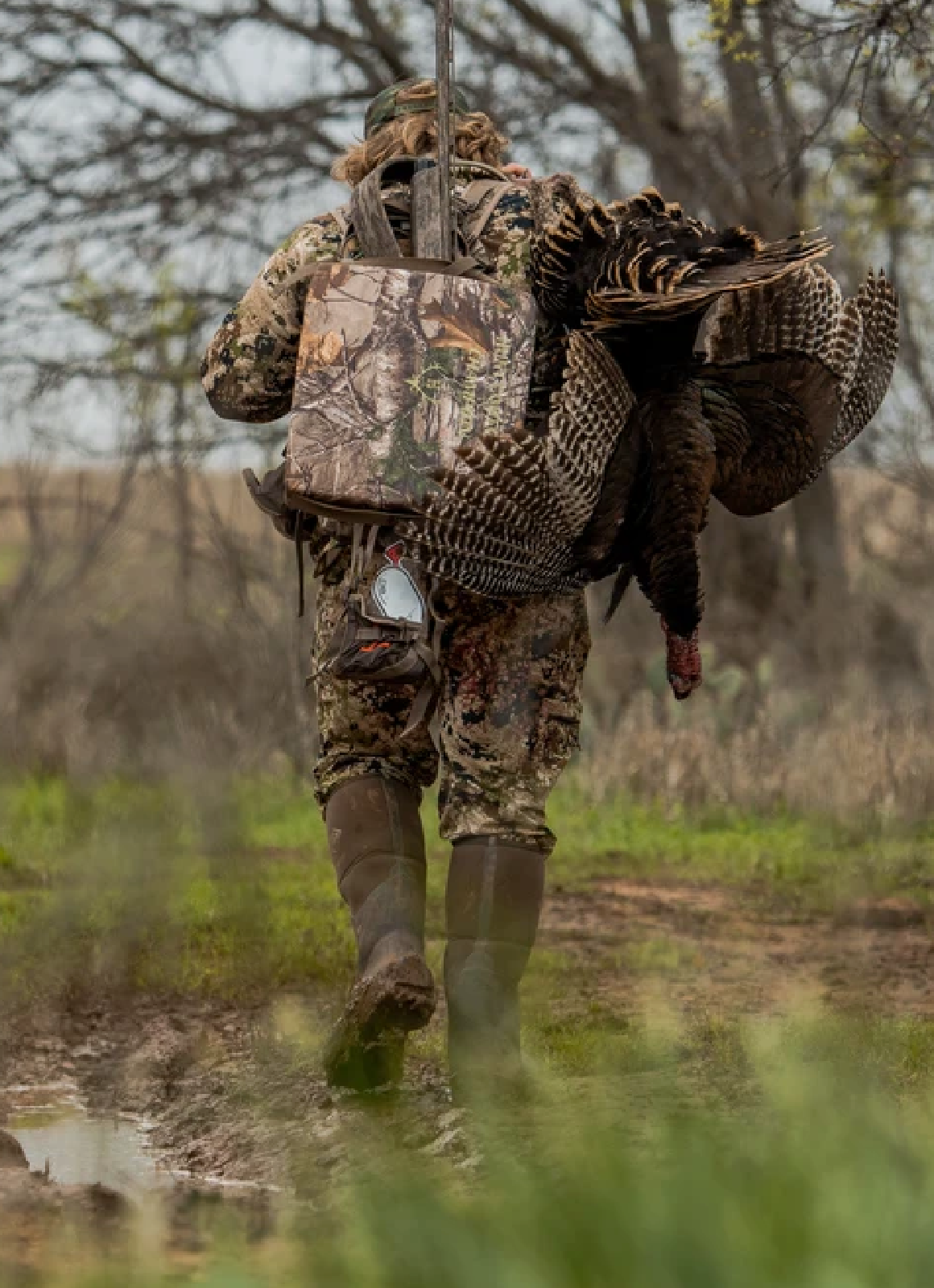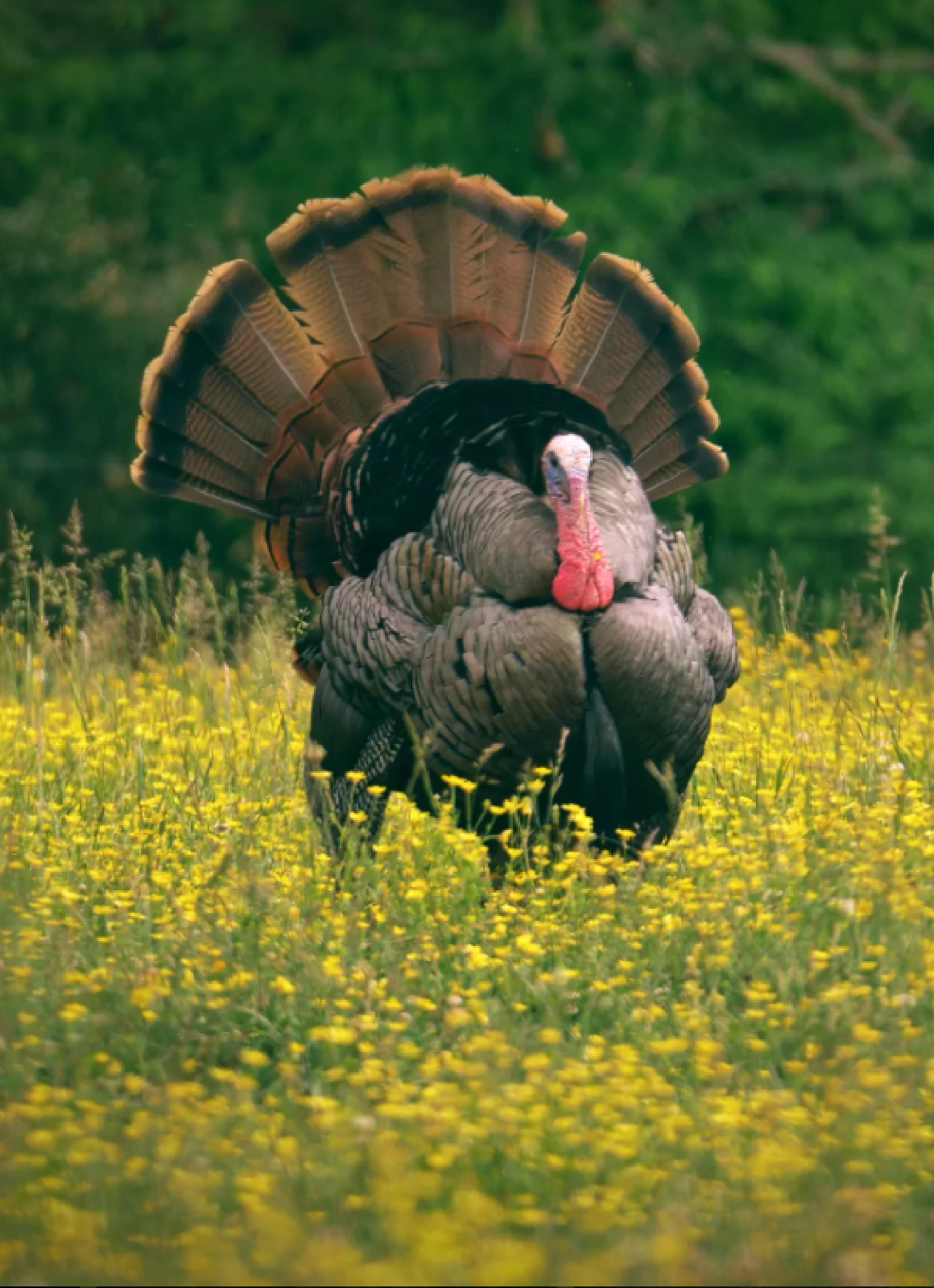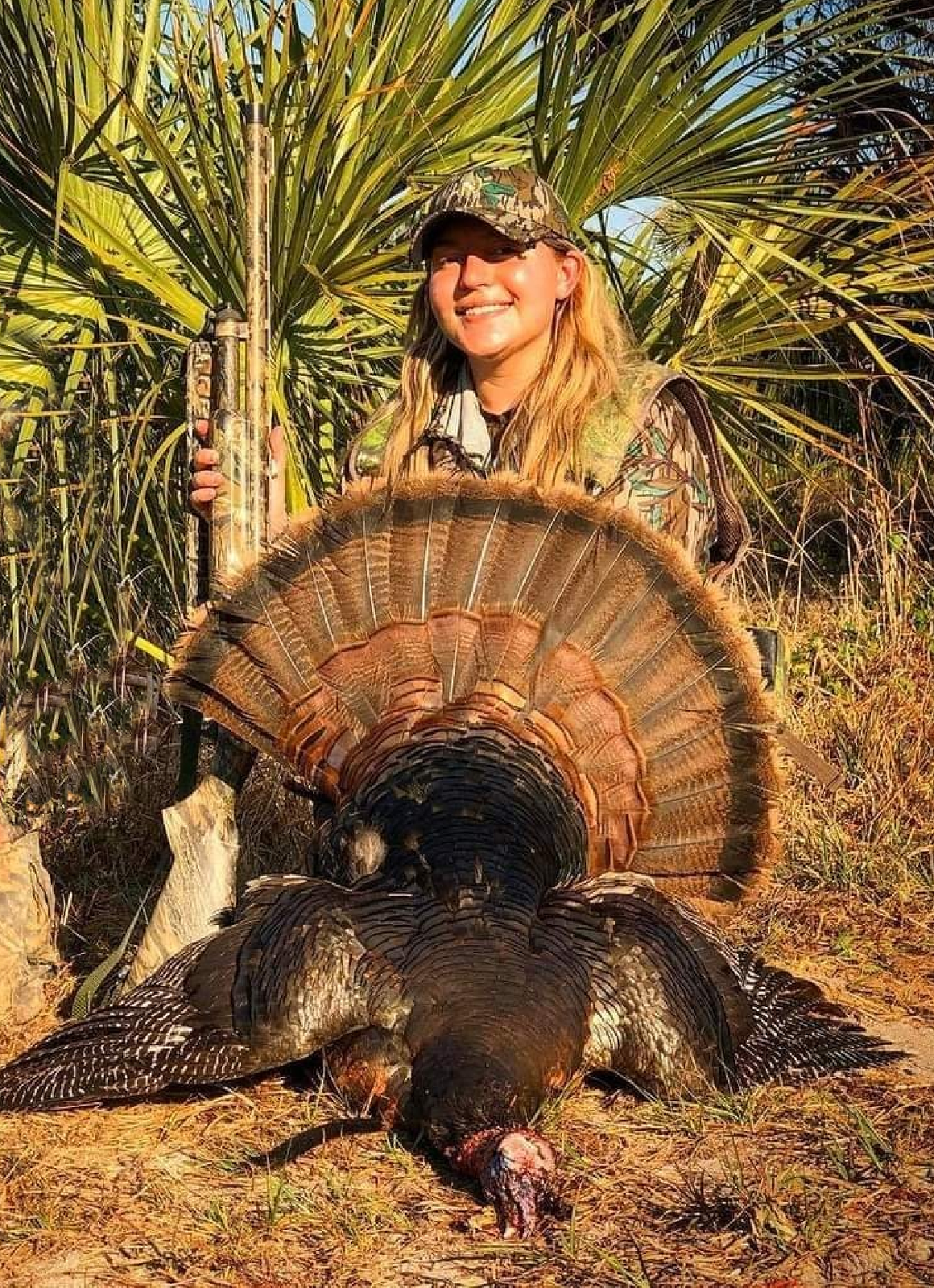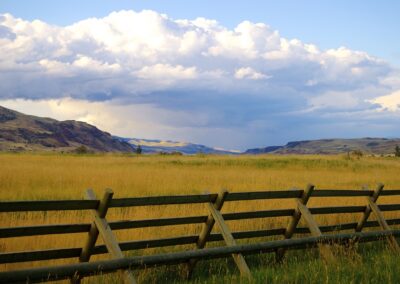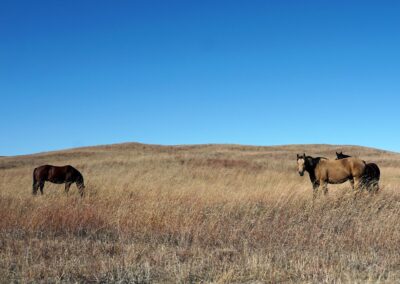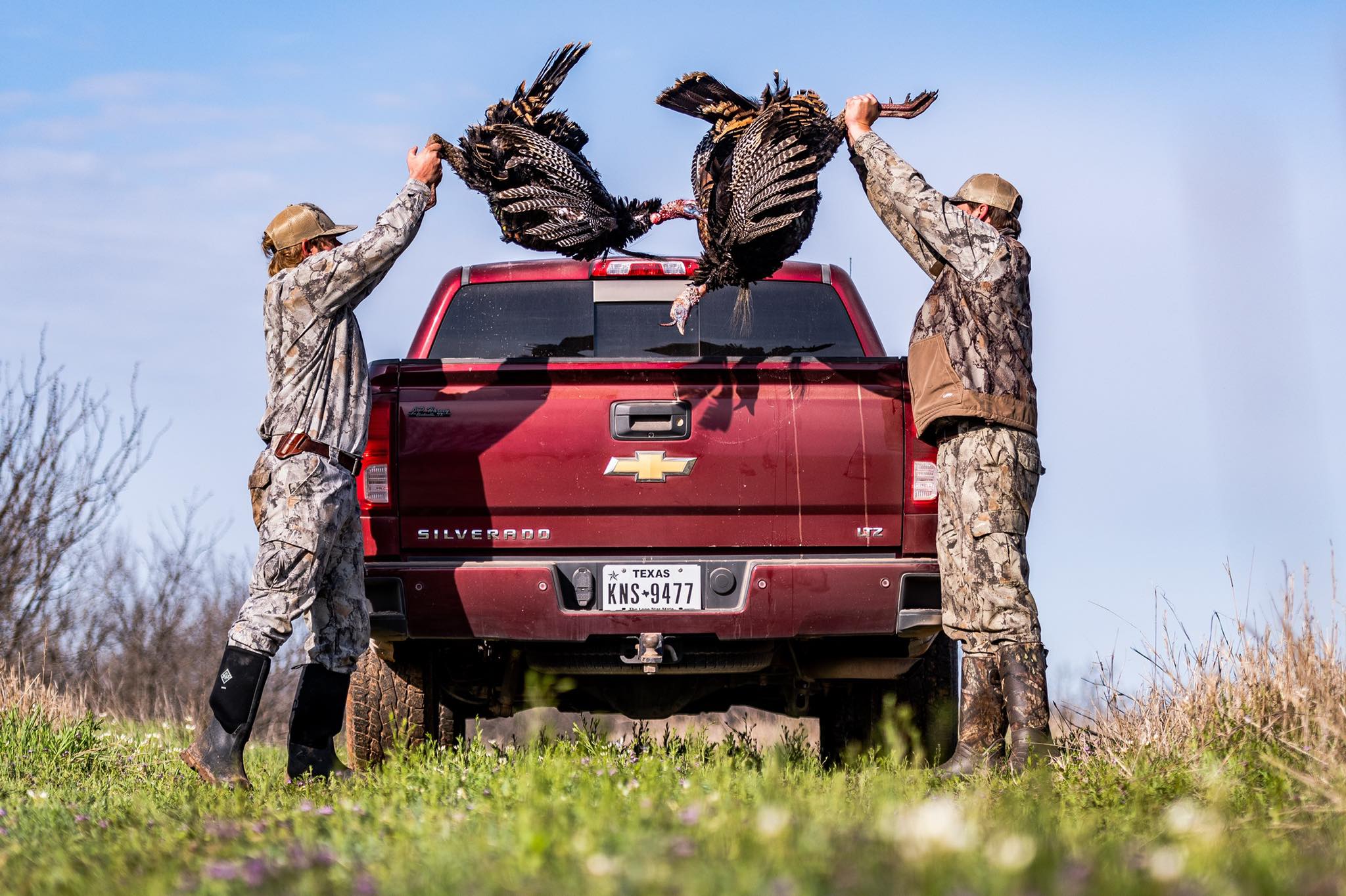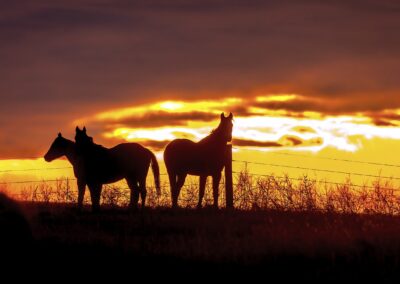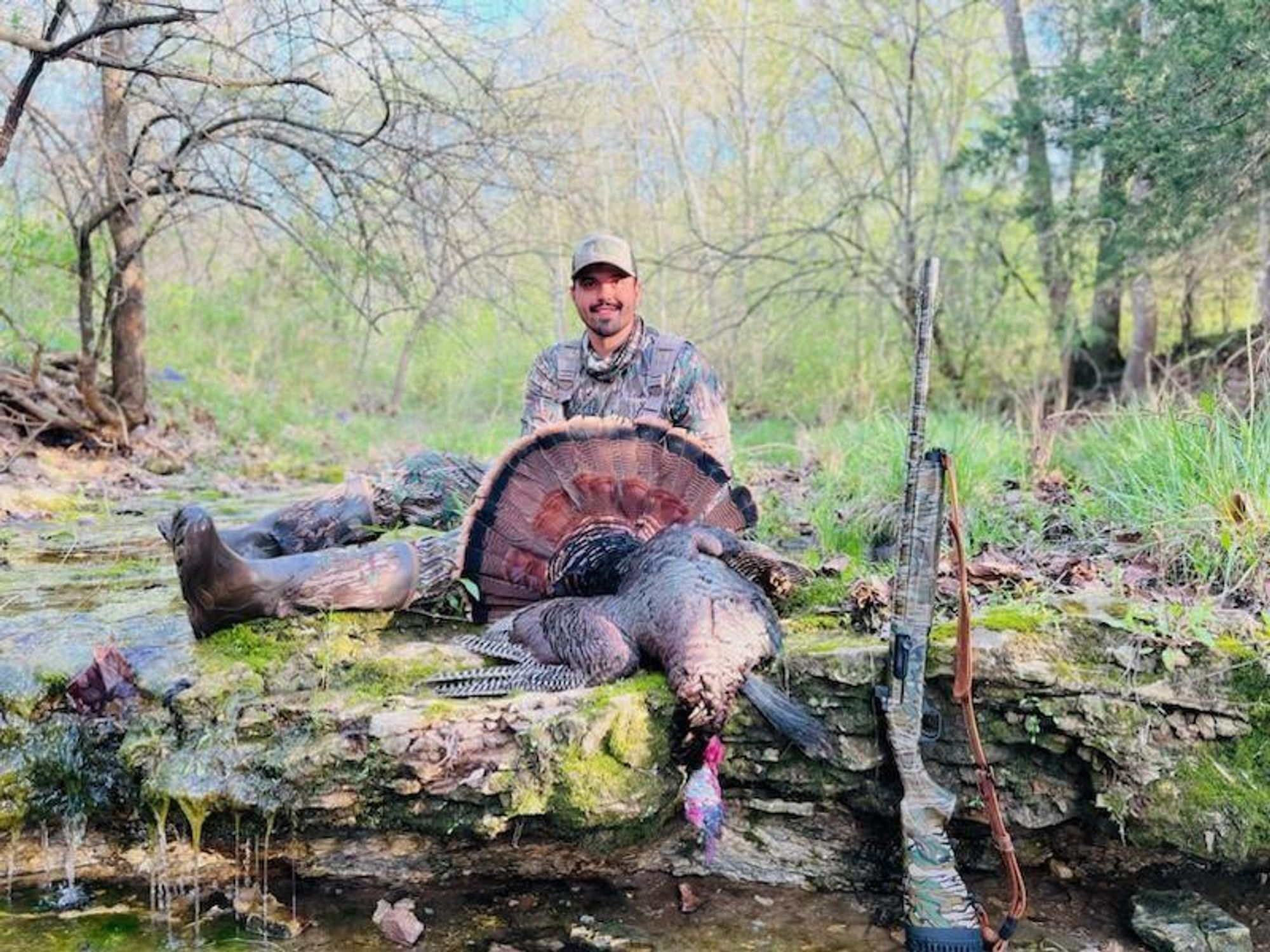MOST POPULAR TRIPS
Turkey
Turkey hunting is a cherished tradition in the United States, combining skill, patience, and respect for nature. With four main subspecies of wild turkeys across the country, hunters can experience unique challenges and terrains depending on the region. This guide covers the history of turkey hunting, details on each subspecies, hunting strategies, and vital conservation efforts shaping the future of this American pastime.
Four Subspecies of Wild Turkeys in the U.S.
Each subspecies offers unique hunting experiences due to differences in habitat, appearance, and behavior. Here’s a look at the four types of wild turkeys found in the U.S.:
Seasons & Regulations
Turkey hunting seasons and regulations vary widely across the United States, depending on factors like subspecies, regional population health, and state wildlife management goals.
Generally, the main turkey hunting season occurs in the spring, targeting male turkeys (toms) during their mating season when they are most vocal and responsive to calls. Some states also offer a fall season, which may allow hunters to pursue both males and females, though regulations on this vary. Each state sets specific dates, bag limits, and rules on hunting methods, such as which firearms or archery equipment are permitted.
Additionally, hunters are typically required to have a valid hunting license and, in many cases, a turkey permit, with mandatory reporting in certain states to monitor harvests. Conservation-driven regulations are strictly enforced to balance hunting opportunities with sustainable turkey population management, and hunters are encouraged to review local guidelines each season for any updates.
Conservation Efforts and Species Management
Modern turkey hunting would not be possible without concerted conservation efforts. Organizations like the National Wild Turkey Federation (NWTF) and various state wildlife agencies work together on habitat management, restoration, and sustainable hunting practices. Programs focus on habitat improvement, predator control, and land management, ensuring turkey populations remain healthy and accessible for future generations of hunters.
Merriam’s Wild Turkey
- Range: Rocky Mountain region, including Colorado, Montana, and South Dakota.
- Popularity: Known for challenging mountain hunts.
- Appearance: Lightest in color, with white tail tips and an iridescent bronze sheen.
- Hunting Season: Spring and fall, varying by state and local guidelines.
- Hunting Tips: Often found in open forests and mountain slopes. Due to their high-altitude habitats, physical fitness is crucial for chasing Merriam’s turkeys.
Rio Grande Wild Turkey
- Range: Central and western Texas, Oklahoma, Kansas, and into California.
- Popularity: Common among hunters in the Plains and southwestern states.
- Appearance: Light tan body with a buff-colored tail band.
- Hunting Season: Usually spring and fall, with regional regulations.
- Hunting Tips: Often found in open areas near rivers and streams. Decoys and calls can be very effective, as Rios tend to respond well to them.
Eastern Wild Turkey
- Range: Found across the Eastern U.S. from New England down to Florida and west to Texas.
- Popularity: The most popular subspecies, thanks to its widespread range and larger population.
- Appearance: Dark brown feathers with an iridescent greenish hue.
- Hunting Season: Typically in spring and fall, but exact dates vary by state.
- Hunting Tips: Known for their loud gobble, which makes calling relatively easy; hunters should focus on dense forests and farm edges for these birds.
Osceola (Florida) Wild Turkey
- Range: Unique to the state of Florida.
- Popularity: Highly prized by hunters looking to complete a “Grand Slam” (harvesting all U.S. subspecies).
- Appearance: Darker than Easterns, with fewer white bands on their wings.
- Hunting Season: Typically spring, with restrictions due to their limited range.
- Hunting Tips: Osceolas tend to inhabit swampy forests and dense thickets. Stealth and careful movement are critical due to their keen senses.
Additional Resources and Information
Turkey hunters can find reliable resources and information from several reputable organizations and websites, including:
- National Wild Turkey Federation (NWTF) – Offers conservation efforts, habitat management tips, hunting strategies, and turkey population reports.
- State Wildlife Agencies – Each state’s fish and wildlife department provides regulations, season dates, and licensing information.
- U.S. Fish & Wildlife Service – Covers federal hunting regulations, public land access, and conservation efforts.
- GoHunt – Provides Western turkey hunting insights, application strategies, and draw odds.
- Outdoor Life and Field & Stream – Feature expert articles on turkey hunting techniques, gear reviews, and seasonal forecasts.
- Venku – A great resource for finding and booking guided turkey hunts across the U.S.
These resources can help turkey hunters stay informed on the latest regulations, tactics, and best locations for a successful hunt.
Top-Rated Turkey Hunts Across the US
Looking for the best turkey hunts in the U.S.? From the hardwoods of the South to the open plains of the Midwest and the mountains out West, top-rated turkey hunts offer incredible opportunities to pursue Easterns, Merriam’s, Osceolas, and Rios.
Whether you’re aiming for a Grand Slam or just searching for a high-success hunt, check out our guide to turkey hunting in the U.S. for expert tips, regulations, and must-visit destinations. Plus, explore the best states for turkey hunting and find guided turkey hunts near you to plan your next adventure.
Join Venku
Book a Trip.
Become a Host.
Inspired by our turkey hunting guide to enjoy and embrace the great outdoors? Start your Venku journey today.
The wilderness is calling.

